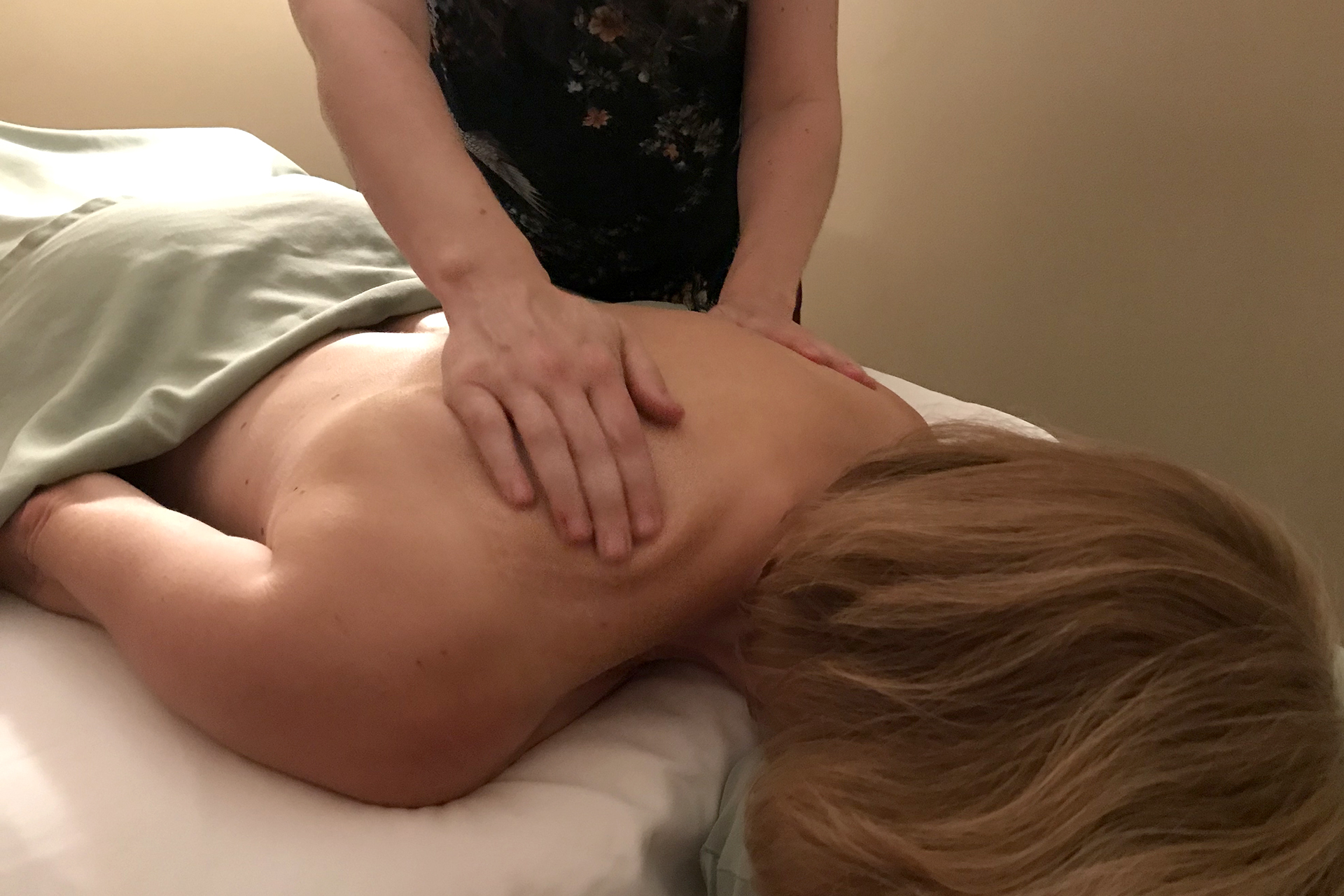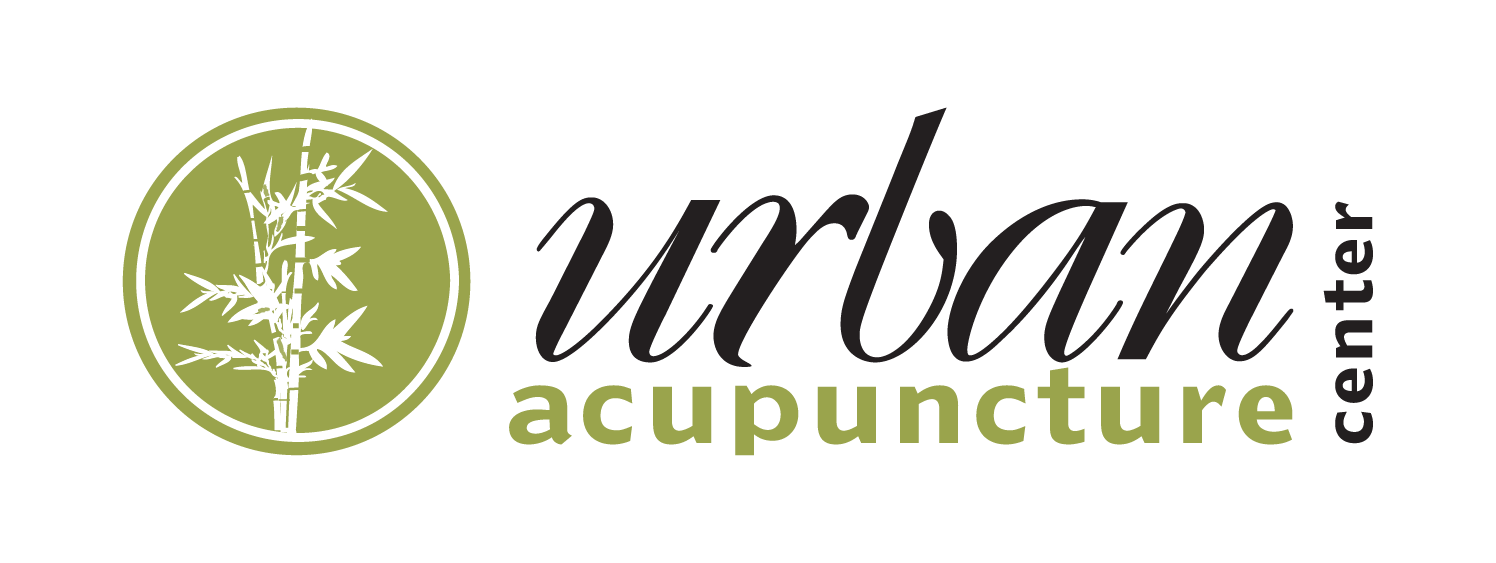Massage Therapy
 Massage
Massage
Massage therapy is the manipulation of the soft tissues of the body for the purpose of normalizing those tissues and consists of a group of manual techniques that include applying fixed or movable pressure, holding, and/or causing movement to parts of the body. While massage therapy is applied primarily with the hands, sometimes the forearms or elbows are used. These techniques affect the muscular, skeletal, circulatory, lymphatic, nervous, and other systems of the body. The basic philosophy of massage therapy embraces the concept of vis medicatrix naturae, which means “aiding the ability of the body to heal itself.”
Going for a massage requires little in the way of preparation. Generally, one should be clean and should not eat just before a massage. To receive the most benefit from a massage, clients should give the therapist accurate health information about themselves and report discomfort of any kind (whether it is from the massage itself or due to the room temperature or any other distractions). The client is encouraged to be as receptive to the process as possible. There are no special recommendations for after a massage. A period of quiet activity or rest following the massage helps maintain full benefits from the procedure.
Structural Integration
Structural Integration is a form of bodywork that addresses physical alignment, movement, and overall vitality. It aims to reorganize the body’s structure, fostering balance and improved functionality.
During a session, the practitioner assesses the patient’s posture, movement patterns, and areas of tension or imbalance; and then employs hands-on techniques applying pressure and gentle manipulation to address these areas.
This bodywork can release chronic holding patterns and create balance in the body’s structure in relation to gravity, decompressing joints, increasing range of motion, and achieving supported form and functional alignment during movement. Learn more
Trager® Massage
The Trager® approach utilizes gentle, rhythmic, rocking motions to help reset the body from a state of tension to a state of relaxation. Using lateral, side-to-side, swinging motions, the practitioner coaxes the brain out of holding patterns that manifest in the body causing pain or decreased range of motion. A session includes 5-10 minutes of Mentastics or Mental Gymnastics to help create the same types of feelings in the body that are experienced while receiving table work. The goal is to smooth out the wrinkles in the system; to promote “freedom of movement, freedom from pain, and comfort within the body.”
Some of the many benefits of massage are as follows:
- reducing muscle tension and stiffness
- relieving muscle spasms
- increasing joint and limb flexibility and range of motion
- increasing ease and efficiency of movement
- relieving points of tension and overall stress; inducing relaxation
- promoting deeper and easier breathing
- improving blood circulation and movement of lymph
- relieving tension-related headaches and eyestrain
- promoting faster healing of soft tissue injuries, such as pulled muscles and sprained ligaments
- reducing pain and swelling related to injuries
- reducing the formation of scar tissue following soft tissue injuries
- enhancing health and nourishment of skin
- improving posture by changing tension patterns that affect posture
- reducing emotional or physical stress and reducing anxiety
- promoting feelings of well-being
- increasing awareness of the mind-body connection
- improving mental awareness
